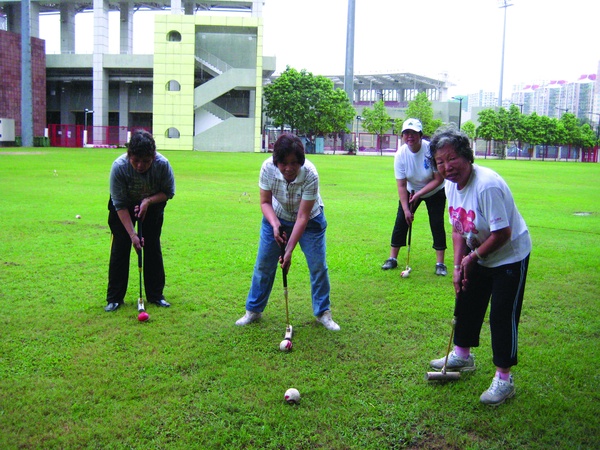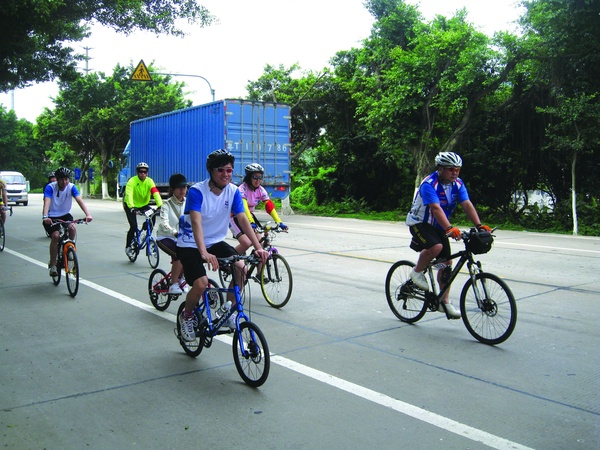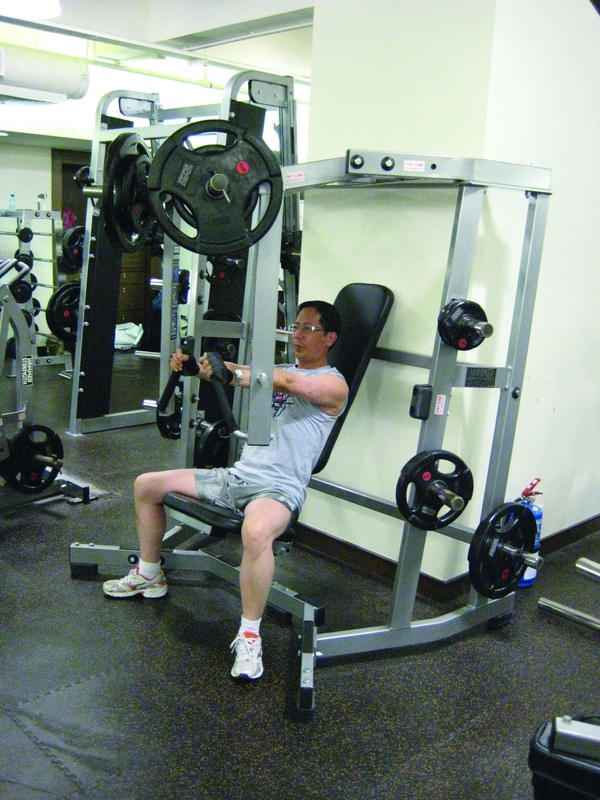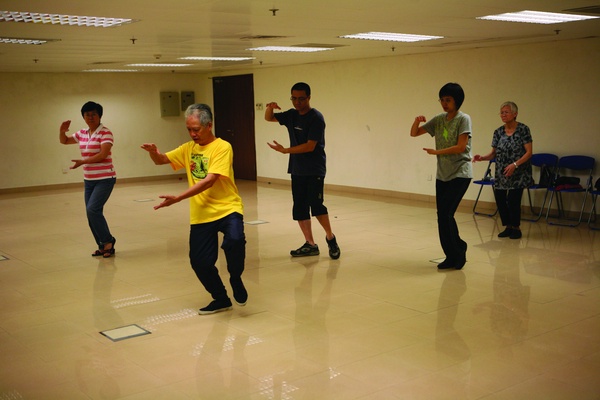The common chronic diseases include hypertension, coronary heart disease (CHD), stroke and diabetes, etc.. Recently, there has been a trend of younger patients of chronic diseases. Some studies indicate that a lack of exercises is one of the major risk factors for suffering those chronic diseases. For example, up to 22% of CHD cases are caused by physical inactivity. And frequent exercises may lower the risk of CHD or diabetes by up to 50%. Generally speaking, the load of exercises and the occurrence of chronic diseases are inversely correlated. When one is engaged in a sufficient amount of exercises, there will be an optimal metabolic rate, good cardiac functions, and also an ideal rate on fat burning so that one can be maintained not only in a good body shape, but normal levels on blood cholesterols. Exercising also has soothing effects on human emotions. If the load of exercises is insufficient, one may become overweight. As a result, bad cholesterols and neutral fats are constantly accumulated. Thus, it is plainly true that proper exercises help to delay the accumulation of pathogenic factors for chronic diseases. For an adult who is physically inactive, health benefits will be gained if engaging in at least a 30-minute session of moderate level of physical activity for most days of the week. Even if each time your exercise is less than 30 minutes, you still can meet this requirement simply by an accumulative manner. As long as each time one would do the exercise not lesser than 10 minutes, one still be able to gain some health benefits by following this advice.
Furthermore, an early prevention of osteoporosis is always a wise choice. Osteoporosis leads to a brittle bone due to a loss of bony substances. Thus, this is more likely to cause fractures. In fact, a loss of bony substances is a normal aging phenomenon. When one is at his or her middle age, one’s bony substances may start losing by the rate of 0.3% to 0.5% each year. And a woman after her menopause suffers even higher rate from the losing. For delaying the occurrence of osteoporosis, key measures are taking a balanced diet for a sufficient intake of calcium and appropriate amount of vitamin D, as well as engaging in proper and moderate exercises for boosting the quantity of bony substances. Optimal exercises, such as walking, jogging, biking, outdoor trekking and rafting, require a certain kind of pulling, stretching and pressuring of human long bones. A good habit on doing these exercises yields beneficial effects on both heart and lungs. A higher reserve of bony substances during youth will result in a lower chance of suffering osteoporosis in graying years.








